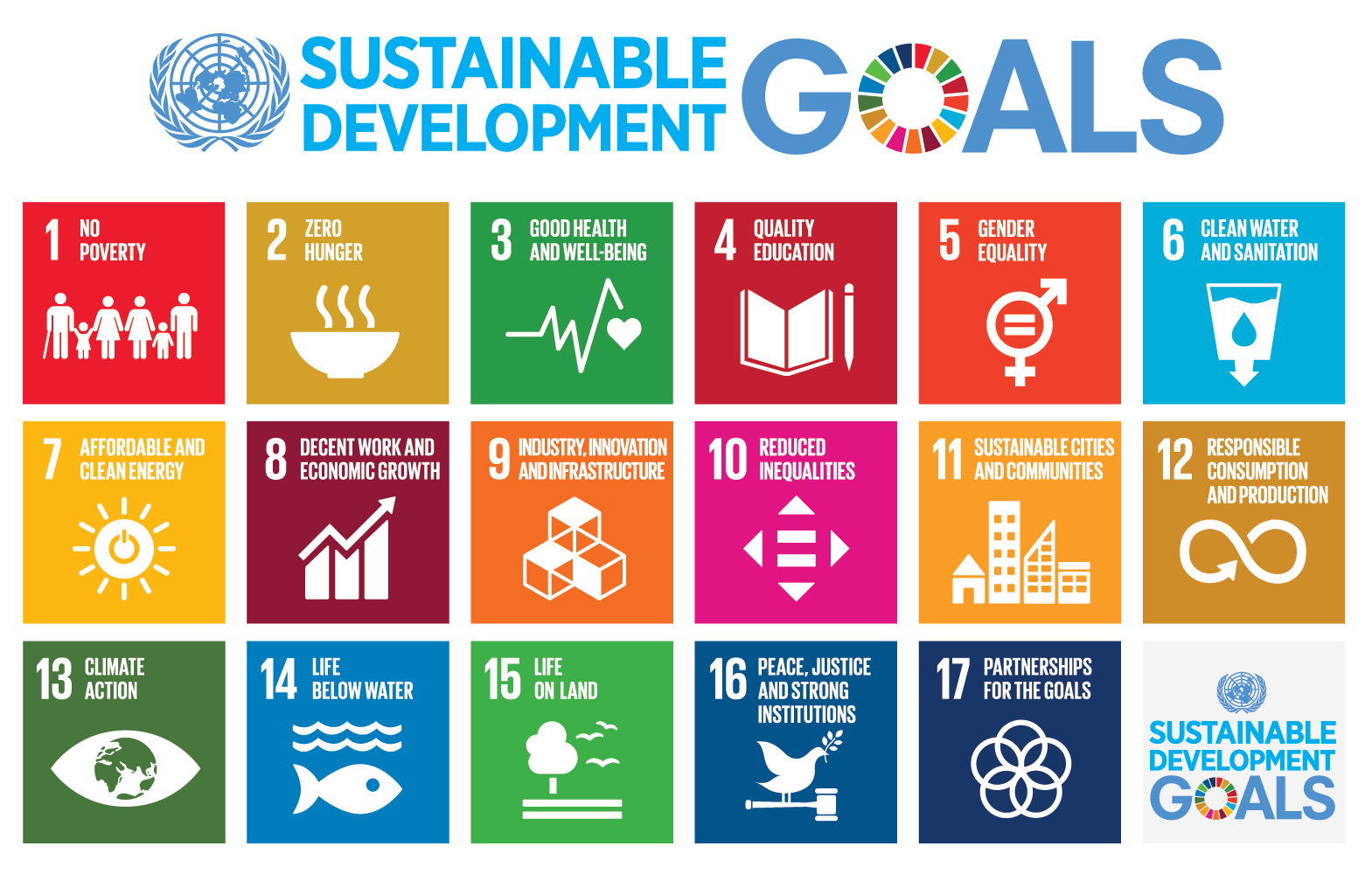
How technology can contribute to more sustainable future of tourism?
The economic importance of tourism globally is recognized. It creates jobs and some places are dependent on it. In recent years its impacts and development have been discussed although these tend to stay behind the focus on the economic benefits. Tourism has negative environmental and socio-economic impacts, and the industry needs to find a balance […]
Research: Communicating the Image of North Karelia to German Market
Introduction of the study The aim of this master’s thesis was to increase the knowledge of German tourists as a marketing segment and to clarify, what kind of image they have about North Karelia as a region. The thesis was made in collaboration with the North Karelian DMO VisitKarelia. An online survey was sent to […]
Welcome to Tourism Marketing and Management
Welcome to the blog of International Master’s Degree Programme in Tourism Marketing and Management by University of Eastern Finland. This blog is an essential part of the programme and will bring forth the ideas and news from the programme. We aim to build a significant international platform for making tourism better with this programme and […]